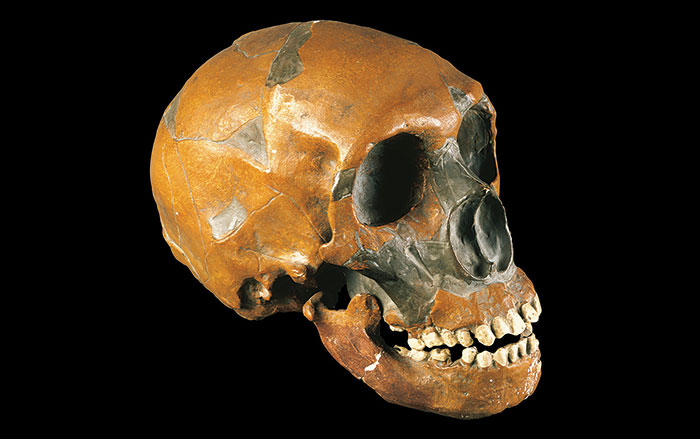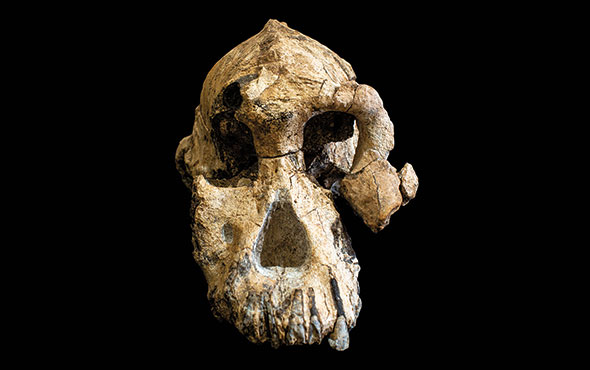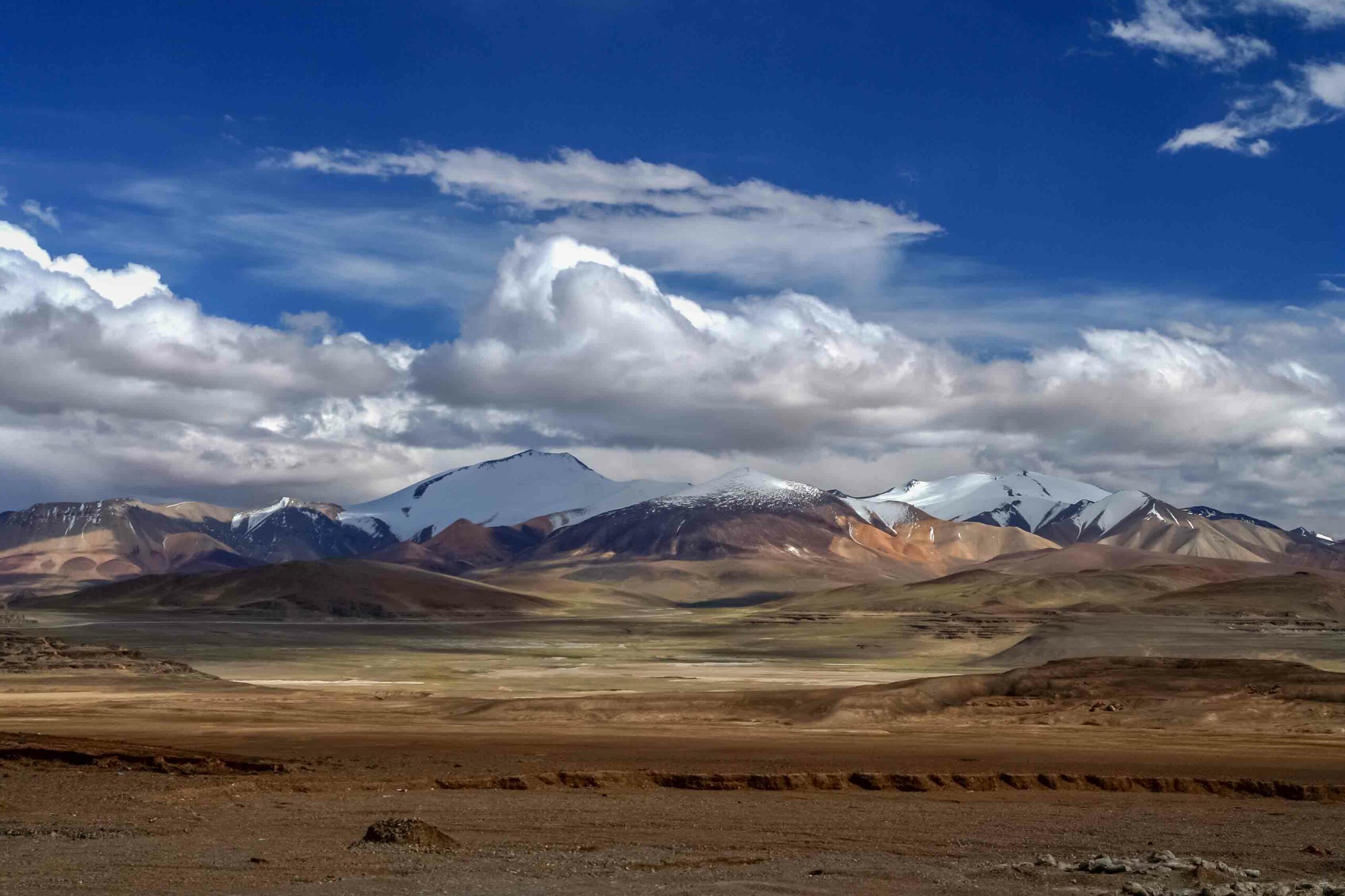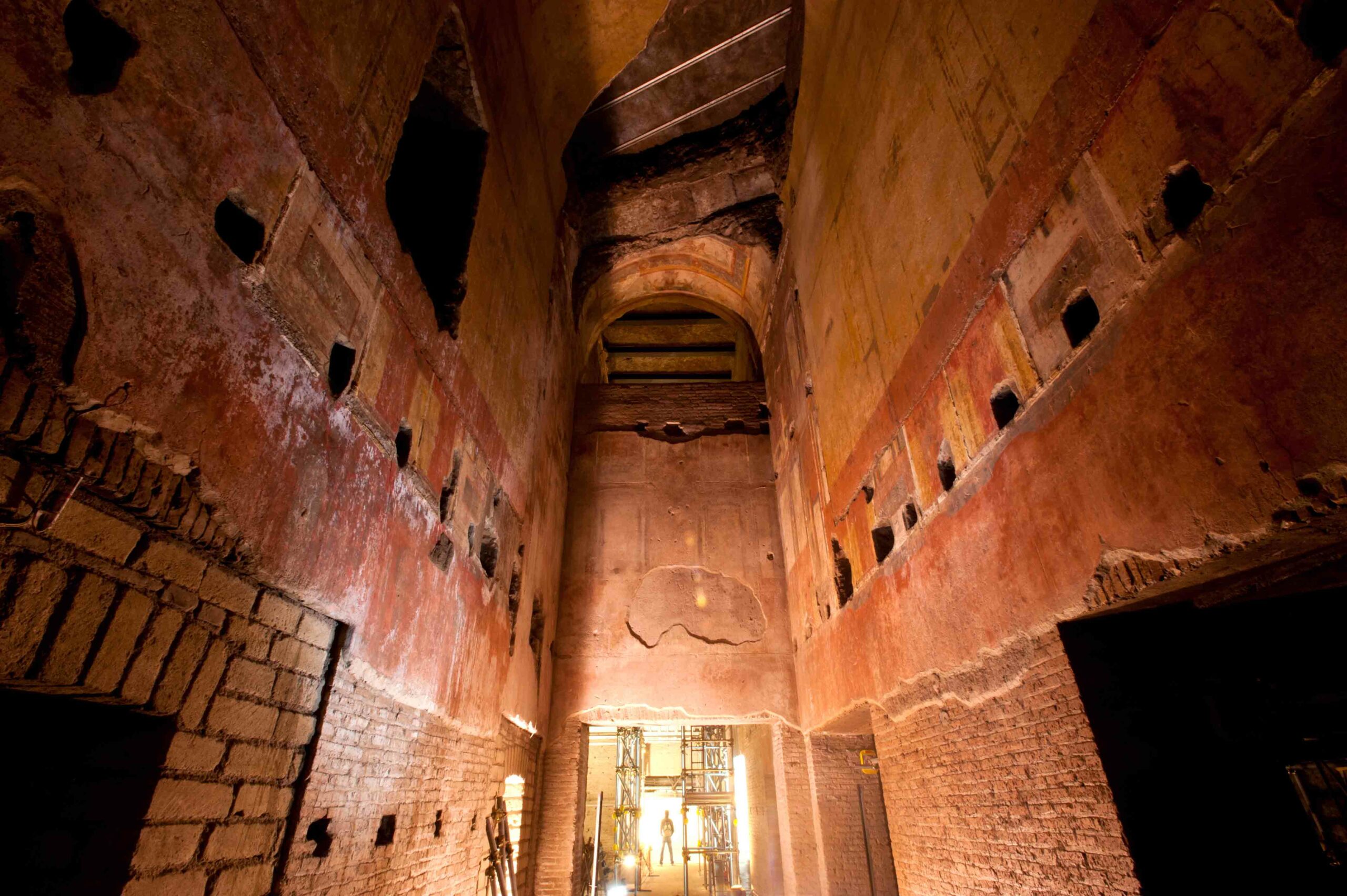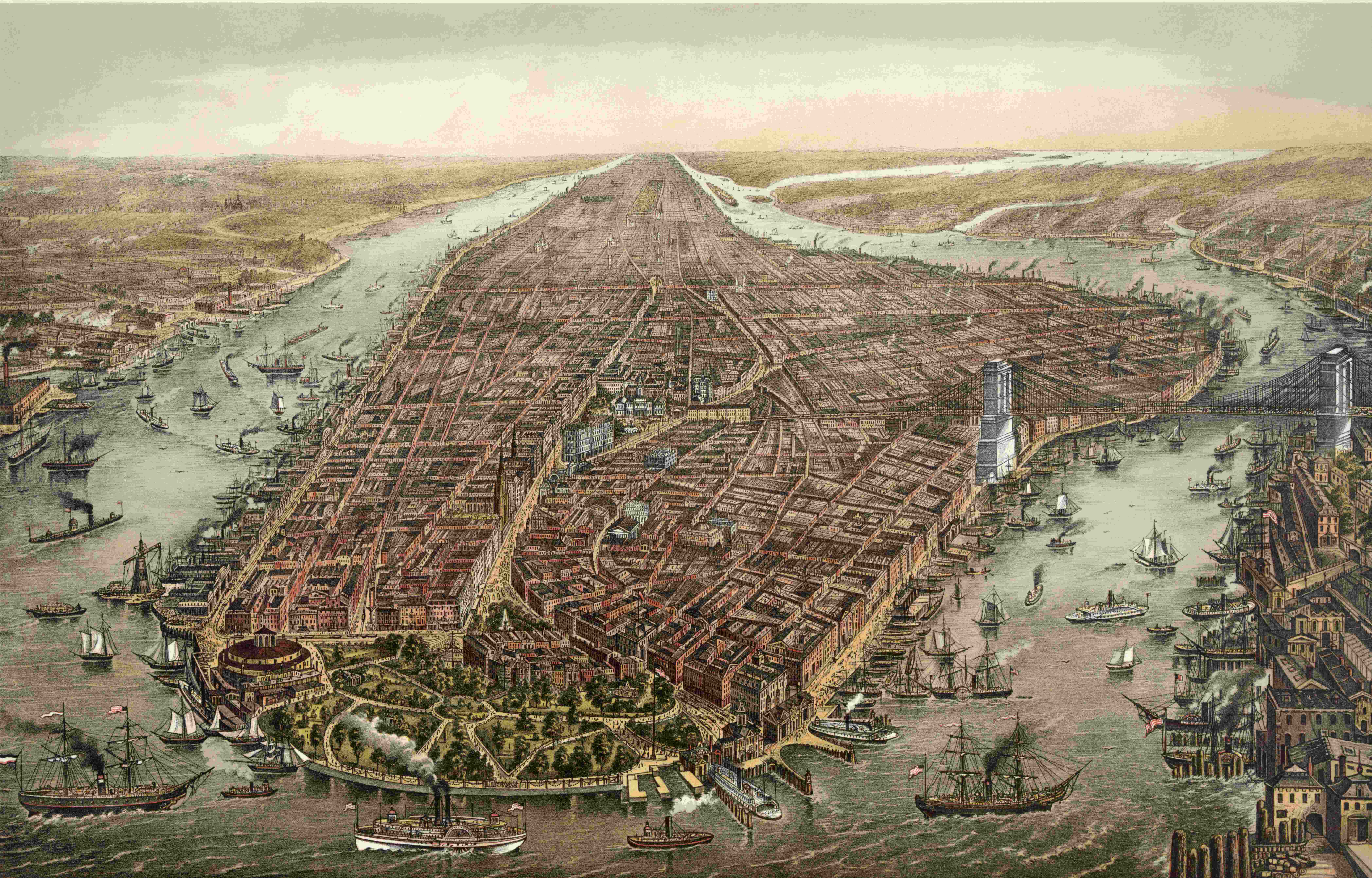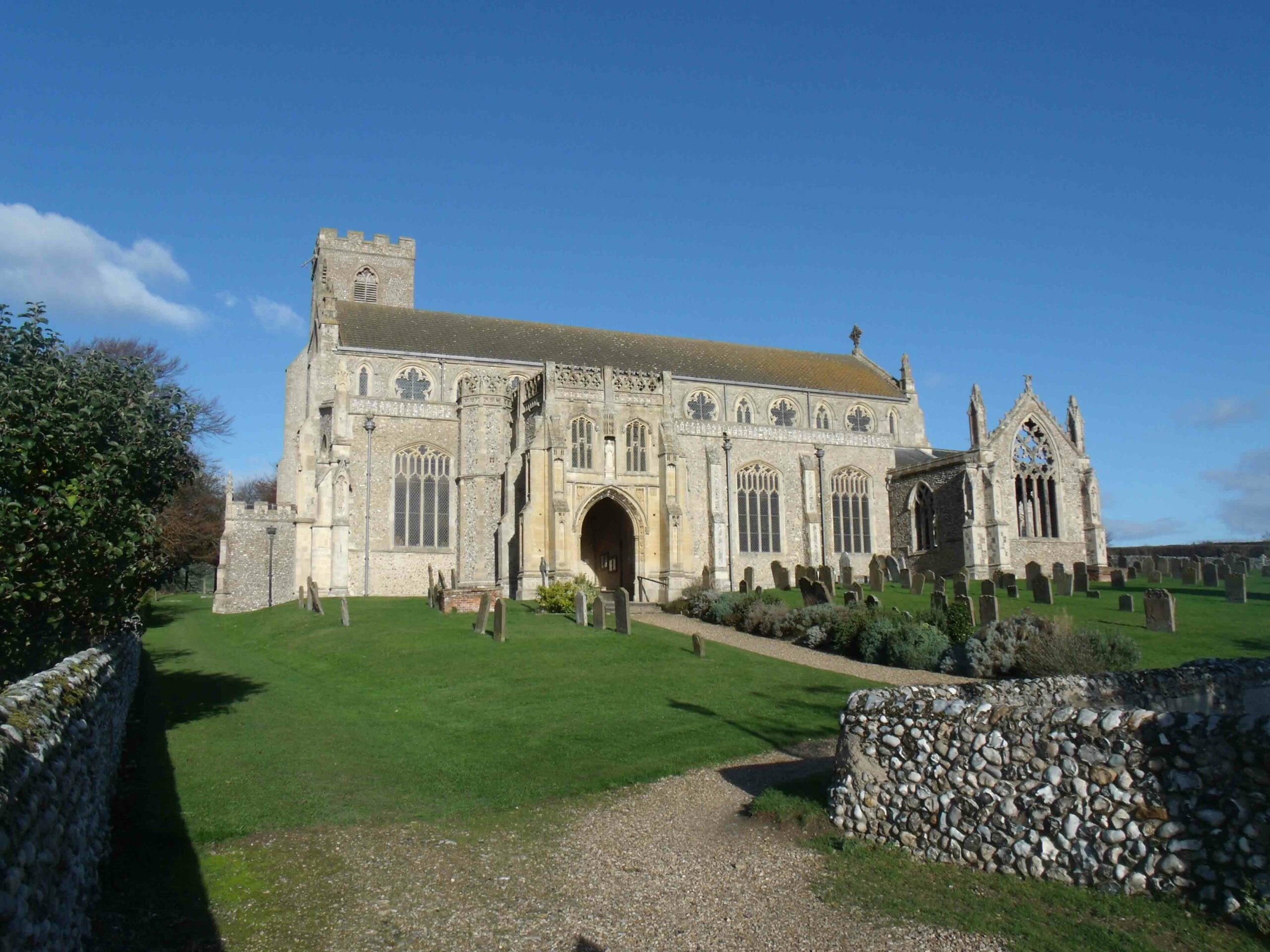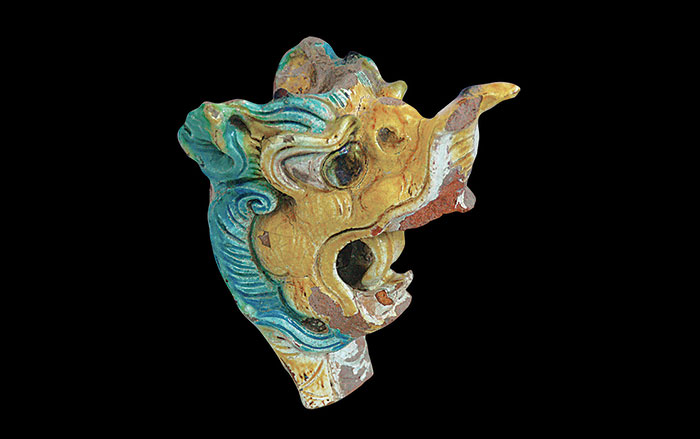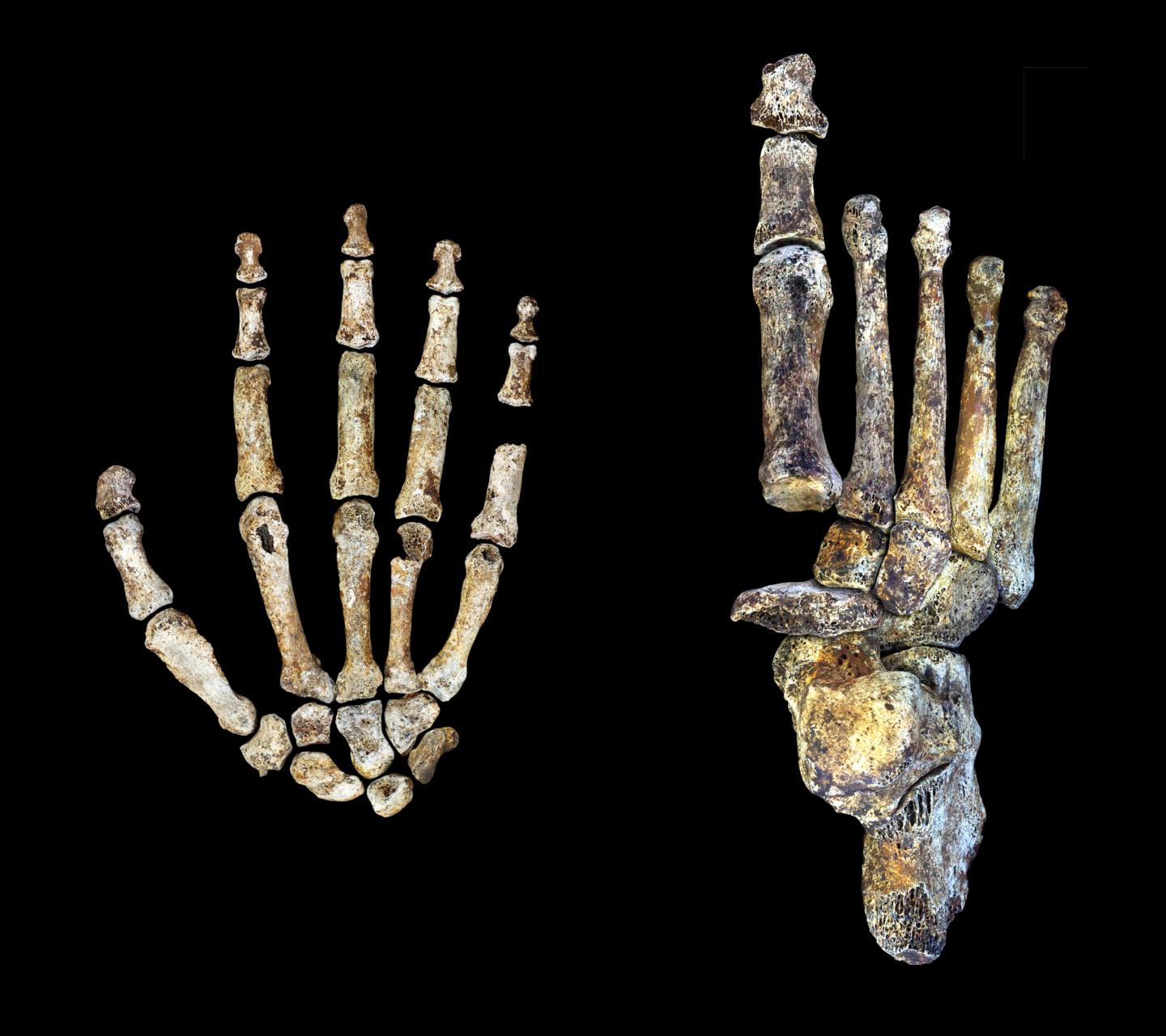
JOHANNESBURG, SOUTH AFRICA—A study of the Homo naledi foot and hand suggests that this early human relative, discovered by the Rising Star Expedition team in a cave in the Cradle of Humankind World Heritage Site, may have been able to climb trees, walk upright, and manipulate tools. Based upon the examination of more than 100 foot bones, including a well-preserved adult right foot, William Harcourt-Smith of the University of the Witwatersrand and colleagues say that the H. naledi foot shares many characteristics with the modern human foot, making H. naledi capable of standing and walking. But its toe bones are curved, indicating that H. naledi could also climb well. In addition, Tracey Kivell and colleagues studied some 150 H. naledi hand bones, including a nearly complete adult right hand. The structure of the wrist and thumb suggest that, like Neanderthals and modern humans, H. naledi had a powerful grasp and could have manipulated stone tools. Its finger bones, however, are curved and may have also been good for climbing trees. “The tool-using features of the H. naledi hand in combination with its small brain size has interesting implications for what cognitive requirements might be needed to make and use tools, and, depending on the age of these fossils, who might have made the stone tools that we find in South Africa,” Kivell said in a press release. For more on recent discoveries related to human evolution, go to "Our Tangled Ancestry."


